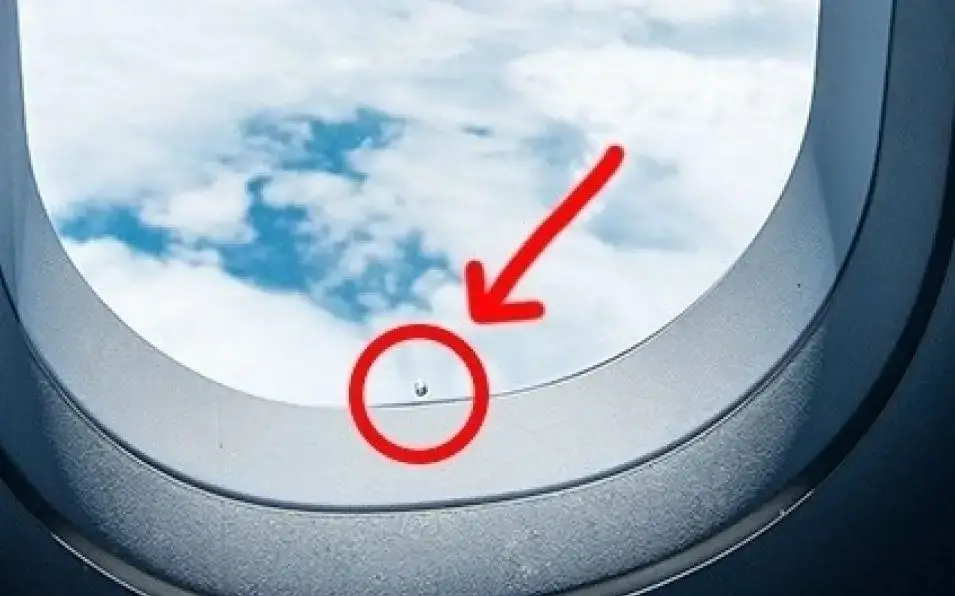Most people like sitting by the window on planes to see outside. But have you ever noticed a small hole at the bottom of the window? It’s not there just for looks. It’s there to keep you safe.
When you’re high up in the sky, there’s less oxygen to breathe. Without enough oxygen, you can get sick or even pass out and die. This is something people who trek the Inca Trail to Machu Picchu in Peru understand. At sea level in Lima, there’s about 21% oxygen in the air, and the air pressure is 760mmHg.
As you go higher, the air still has about the same amount of oxygen, but it’s spread out more thinly. So, you get less oxygen with each breath. For example, when you’re hiking at 13,828 feet above sea level, there’s 40% less oxygen than at sea level, and the air pressure drops to around 480mmHg.
Now, think about being in an airplane flying even higher. It would be impossible to breathe without an oxygen mask. That’s why airplane cabins are pressurized. When planes fly above 10,000 feet, they pump air into the cabin from the engines. They then use an outflow valve to maintain the right cabin pressure. If the pressure gets too high, the valve lets some air out until it’s just right.
But keeping the cabin pressurized isn’t great for the airplane. It needs a way to release pressure, and that’s where the tiny holes in the windows come in. If you look closely at a window, you’ll notice it has three layers of plexiglass. The inner layer, the one you can touch, is there to protect the middle and outer layers. These middle and outer layers are designed to handle the pressure difference between the cabin and the outside air. The tiny hole in the window helps balance this pressure difference.
The little window hole also does another job. It lets out moisture and prevents frost or condensation from blocking your view.
What happens if a plane suddenly loses pressurization?
Some people might think the oxygen you get from the mask comes from a tank, like scuba diving tanks. But carrying oxygen tanks on planes would be too heavy and impractical. Instead, the oxygen you breathe through the mask is made through a chemical reaction.
When you pull down on the mask, chemicals like Sodium Chlorate, Barium Peroxide, and Potassium Perchlorate react to create oxygen. Once this reaction starts, it can’t be stopped, and it gives you about ten to twelve minutes of oxygen. That’s enough time for the pilots to lower the plane to below 10,000 feet, where you can breathe normally again.



